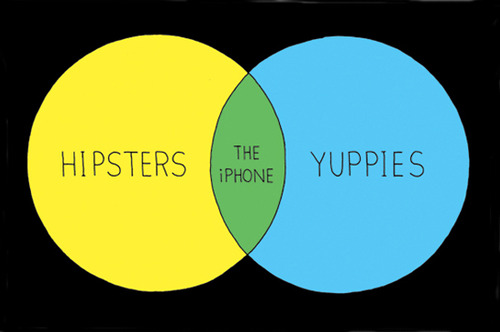Keeping up
How do you keep up with the latest in tech and gadgetry?
Some companies are starting to ask themselves that same question as the speed of product launches and the invention of whole new networks surpasses what we as individuals can keep up with and react to in time to create communications. Therefore, some companies are hiring teams of incredibly smart people and opening centers (whole offices, a dedicated room, or a network of specialized roles) who are tasked with one, and only one, job – keeping up. (Really, we hope that they’re able to help us predict what’s coming up next.)
For us, it’s the IPG Emerging Media Lab that, beyond the blog, keeps us up to date on the latest and creates special reports for our clients or projects we’re working on.
The Media Kitchen and the magazine Popular Science put the Test Kitchen together to accomplish the same goal: Popular Science and Agency Create World of Tomorrow.
From the article:
“We’re hearing from clients that the cost of waiting has gone up,” said Lori Senecal, president and chief executive at Kirshenbaum Bond Senecal. “Today, ideas are truly great only if they’re conceived and deployed fast enough to gain a competitive advantage in the marketplace.”
It is an approach that Ms. Senecal likes to call “speed to genius,” even if, as she acknowledged, haste may sometimes make waste.
“It’s important to jump in and experiment,” she said. “It’s worth having a few misses in order to have a few big hits.”
As we become more comfortable with the rapid pace of new technology, we must also become more comfortable with a rapid pace of communications created to leverage opportunities in this space.
Not that we can’t also personally seek out the latest and greatest, but these tools help us to be as competitive as possible, and continuing to support and fund them will be an important part of our own success.
